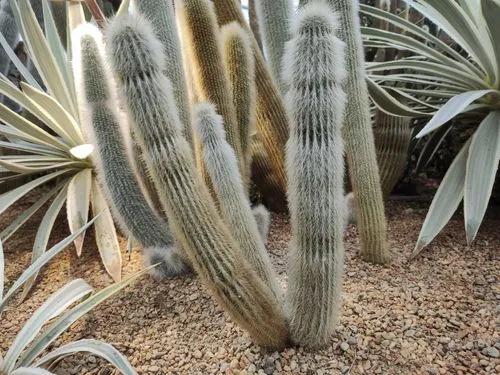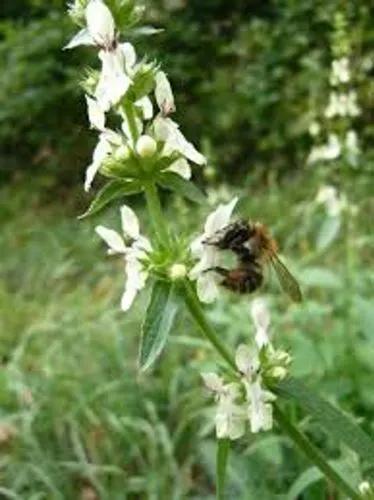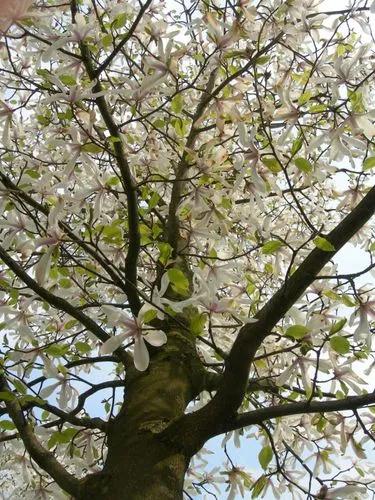Step into the world of Scarlet Geraniums, where vibrant red blossoms spread warmth and cheer indoors. These lovely houseplants offer beauty without the fuss. Let's explore the essentials for nurturing your Scarlet Geranium and ensuring it thrives indoors.
Scarlet Geranium Care
Pelargonium inquinans



The Scarlet Geranium, scientifically known as Pelargonium inquinans, is a star for its dazzling appearance. Its vivid red or scarlet blooms, paired with lush, often deeply lobed green leaves, are a sight to behold, its main identification feature. These houseplants typically reach a height of 1-2 feet (30-60 cm) and grace your space with clusters of captivating flowers.
How to Care for the Plant

Water

Let the top inch (2.5 cm) of soil dry before you water again. Ensure a thorough watering, but steer clear of leaving the plant in standing water, a recipe for root rot. During their growing season, typically spring and summer, you might find yourself hydrating them more frequently, depending on your indoor climate.

Pruning

A little trim here and there goes a long way. Regularly pinch away spent flowers and leggy stems to usher in fresh growth and a continuous display of blossoms.

Fertilizer

To coax out robust blooms, introduce a balanced, water-soluble fertilizer designed for flowering plants. Apply this elixir every 4-6 weeks during their growth season, which typically spans from spring to early autumn.

Sunlight

For a happy Scarlet Geranium, set them up in a spot that enjoys generous, indirect sunlight. A sun-kissed windowsill with filtered light or an east or west-facing window usually ticks all the right boxes. Just be mindful of intense, direct sunlight, which can singe those delicate leaves.

Soil

Scarlet Geraniums thrive when nestled in a well-draining potting mix tailored for flowering houseplants. This blend provides optimal drainage and aeration while retaining the right amount of moisture.

Propagation

If you're inclined to grow more of these flowers, look to stem cuttings as your allies. Snip these cuttings during spring or early summer, let them callus for a day or two, and then nestle them in a well-draining potting mix.

Temperature

Keep these Scarlet Geraniums content with indoor temperatures ranging from 60-75°F (15-24°C). Shield them from drafts and wild temperature swings that can leave them feeling uneasy.

Container

When you decide to cultivate Scarlet Geraniums indoors, opt for a pot with drainage holes. This feature prevents excess water from lingering around the roots, ensuring a healthy plant. Also, choose a container that accommodates the plant's growth.

Fun fact

Scarlet Geraniums, with their striking red flowers, are a favorite of hummingbirds, providing a colorful and nectar-rich haven in your garden. Additionally, when their leaves are crushed, they release a pleasant fragrance, which has led to their occasional use in herbal and folk medicine for various therapeutic purposes.

Popularity

126 people already have this plant 17 people have added this plant to their wishlists
Discover more plants with the list below
Popular articles






